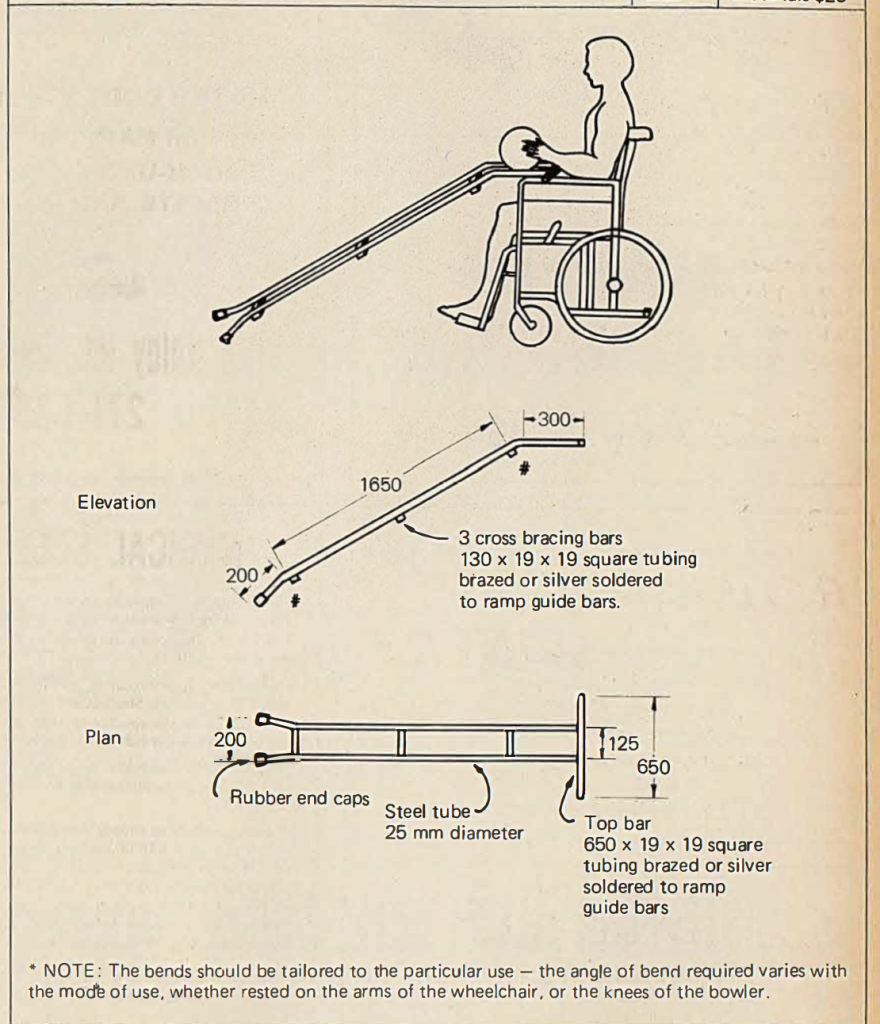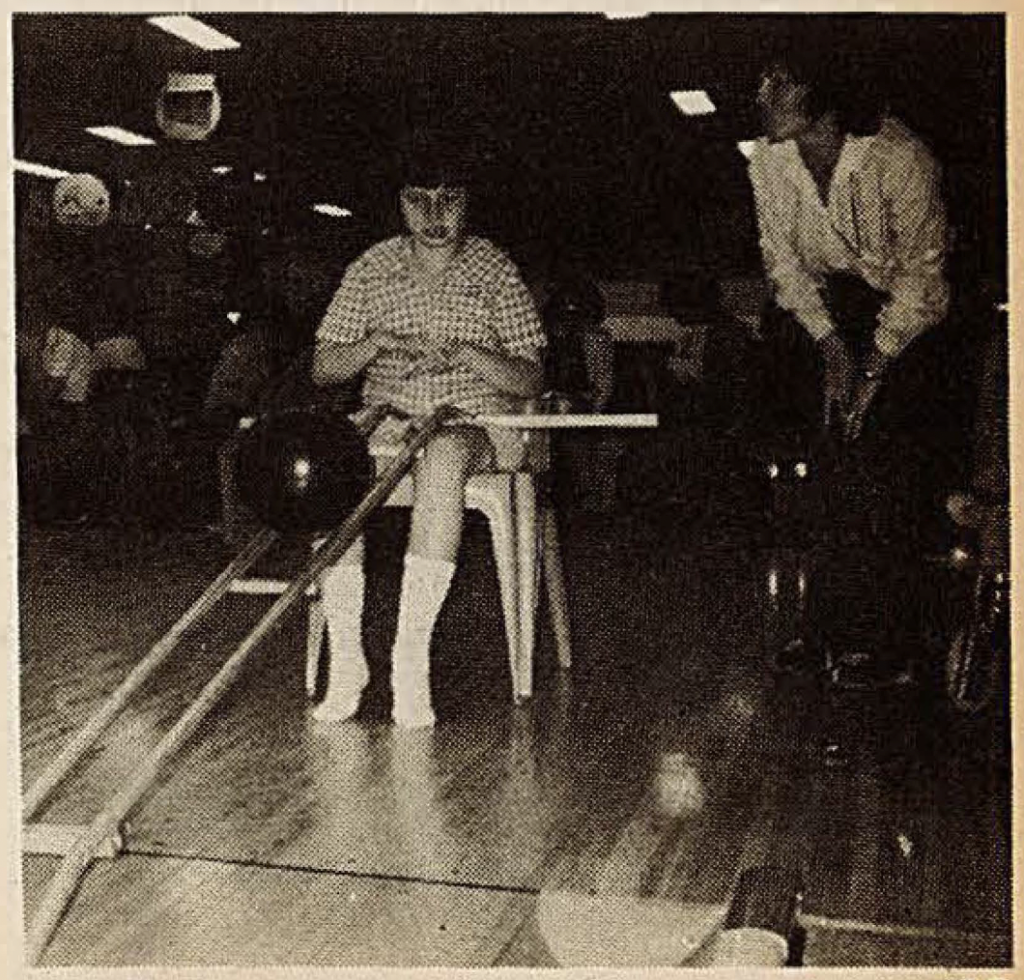Bowling Towards Independence 🎳💡 | 50 Years of Clever Ideas #2
For over 50 years, Freedom Solutions Australia has been pioneering assistive technology that transforms lives. This story from 1982 is a testament to the power of innovation and inclusion in recreation.
At Marsden Hospital Rehabilitation Centre School in Parramatta, a group of seven students with disabilities faced a challenge: how could they participate in the joy of ten-pin bowling when traditional methods weren’t accessible? The answer came from our skilled volunteers, who designed a custom bowling ramp—a simple yet game-changing solution that made bowling not just possible, but enjoyable and empowering.
A Clever Idea in Action: The TAD Bowling Ramp
The TAD-designed bowling ramp was a brilliant piece of engineering that made ten-pin bowling accessible for seated players, whether in a wheelchair or a regular chair.
🛠 How It Worked:
✅ Steel tubing construction made it lightweight yet sturdy.
✅ A horizontal top bar rested on the bowler’s knees or the wheelchair’s armrests, providing a steady base.
✅ A gently inclined ramp allowed the ball to roll smoothly towards the pins.
✅ Minimal force required – bowlers only had to push the ball forward, and the ramp did the rest.
✅ Side-to-side adjustability, letting players fine-tune their aim before launching the ball.
✅ Rubber end caps prevented the ball from getting stuck on the ramp.
For many of these young bowlers, muscle strength and control were significant challenges. Before the ramp was introduced, they had to sit on the floor and push the ball two-handed—an approach that was far from ideal. With this innovation, they could now compete on equal footing with their peers.

Sit-Down Bowls: A Game-Changer for Inclusion
The Sit-Down Bowls setup took accessibility a step further. Designed to be used while seated, it eliminated the need for standing balance or strong arm muscles.
The ramp is good because it all happens quickly. The ball gets down the lane faster, and the children can appreciate the results.
said Jean Hunt, Physical Education Instructor.
Players would simply place the ball on the top section, give it a slight push, and watch as it glided down the ramp and into the pins. If a bowler needed to adjust their shot, the top of the ramp could be moved slightly sideways to change direction. This thoughtful design meant that players with limited muscle control could still aim accurately and experience success.
Bowling is something which can be done outside the school, with friends and family, in leisure time.
– Mrs Hunt explained.
This wasn’t just about physical activity—it was about belonging, independence, and confidence.
More Than a Sport: Educating the Community

The impact of the TAD bowling ramp stretched beyond the players themselves. As Mrs Hunt pointed out, the program also served to educate the public about disability inclusion.
We all get to know each other.
It is a comfortable feeling, for the children and for the other regular bowlers as well.
By creating opportunities for children with disabilities to participate in mainstream leisure activities, the bowling program helped break down barriers and change perceptions.
Clever Ideas That Change Lives – Then & Now
This early innovation was just one of many assistive solutions designed to break down barriers and ensure that people of all abilities can participate fully in life.
💡 From 1975 to today, our commitment remains the same—creating custom, inclusive solutions that bring independence, joy, and opportunity to people with disabilities.
As we celebrate 50 years of Clever Ideas, we honour the volunteers, engineers, and designers who have helped shape a more inclusive world—one small, powerful innovation at a time.
🏆 Do you have a story about how assistive technology has made a difference in your life? Share it by sending an email at [email protected]!
